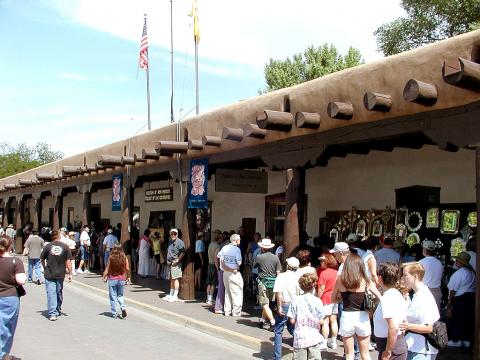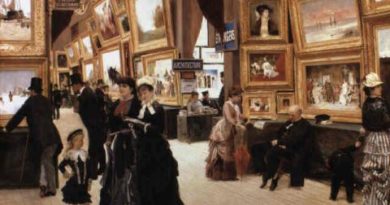Art, the Amazon Effect, and Fast Clothing
It used to be called the Wal-Mart effect, where large-scale merchandising techniques and international manufacturing made consumer goods so much less expensive that the big box stores put the mom-and-pops on main street out of business. Now, times have changed and we have the Amazon Effect. Basically, Amazon is expanding into every area of merchandising, and into every nation on earth. You can buy groceries on Amazon, not to mention clothing, tires, diapers, and anything else that can be made on a large scale. The term “Amazon Effect” refers to the stifling of local business, the elimination of competitive marketing channels, the homogenization of products, and the across-the-board reduction in wages that results when a mega-giant takes over the market.
All artists who have a desire to promote what they create have an interest in keeping many channels open to the public. For example, writers of novels benefit from having multiple publishers for their work. If the market is dominated by a small number of giant publishers, the public is less likely to see their work. The music industry is often mentioned as an example of this problem. Likewise, fashion designers who create unique and interesting clothing do not benefit from the large scale Fast Clothing movement where disposable clothing sells at fast food prices. What used to be a twice-a-year unveiling of new fashion designs becomes instant re-design, with computers sending updates and modifications directly to the overseas factories in China. One retail chain such as H & M can import hundreds of millions of garments each year – without needing to employ any US producers at all.
In response to this centralization of marketing power, artists of all kinds have been seeking alternatives. For visual artists, there are new types of local galleries that sell art under the banner “Buy Local” – a stark contrast to the “original oil painting” show at the local convention center, featuring factory paintings from China. The local galleries sell paintings and crafts of every imaginable type, and promote sales by hiring local musicians to play for art show openings. In the book world, authors are creating various forms of “human-based curation” where people use social networking tools, rather than computer algorithms, to recommend books which can then be purchased in a cross-platform format on-line. The author receives a much higher percentage of the sales with this approach. As an alternative to Fast Clothing, there are some stores that are experimenting with high-end clothing rentals. Rent an outfit for a month, and then exchange it for another. Consumers are also becoming eco-conscious, and local stores are experimenting with “free-trade” clothing, taking old clothing in trade for new purchases.
All this may be an old lesson re-learned. In the 19th century, Leo Tolstoy wrote that art “is not the production of pleasing objects; and, above all, it is not pleasure; but it is a means of union among people, joining them together in the same feelings, and indispensable for the life and progress toward well-being of individuals and of humanity.” Hopefully, we will value art in our society enough to realize how important our connection is with the artists who create it.
*The attached image is of the plaza market in Santa Fe, where artists and craftspeople have been selling their wares directly to the public since the early 1700s. Santa Fe is the second largest art market in the US, with New York being the largest.




